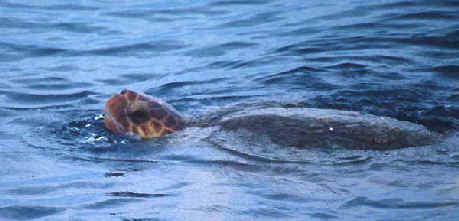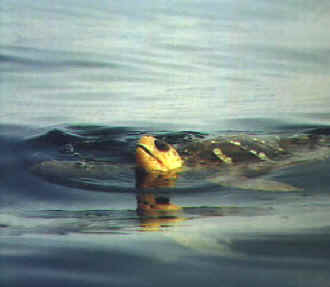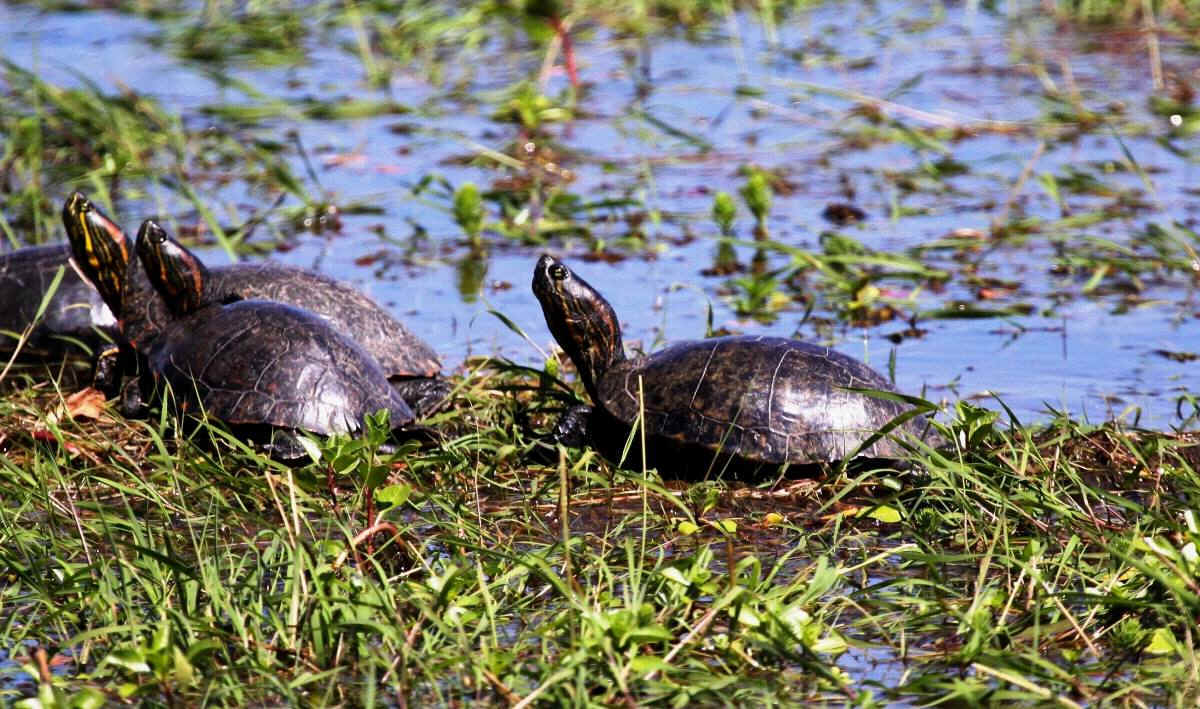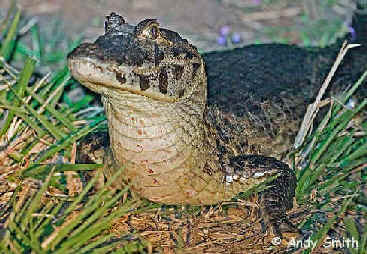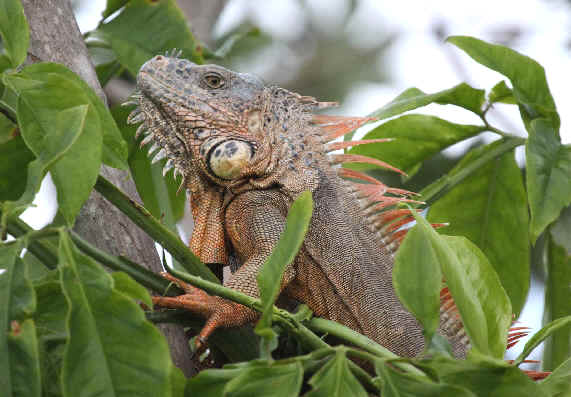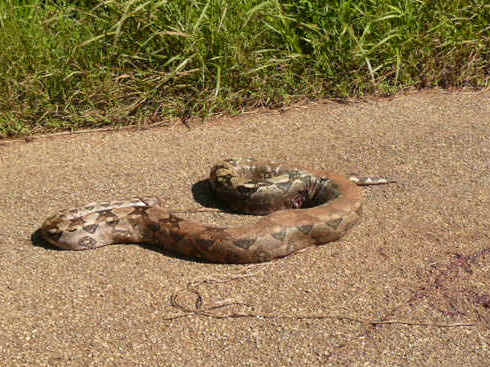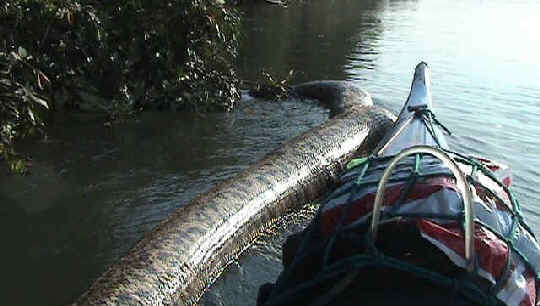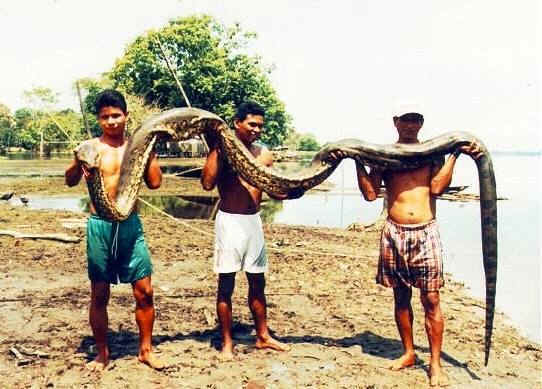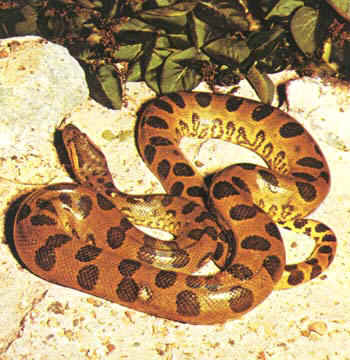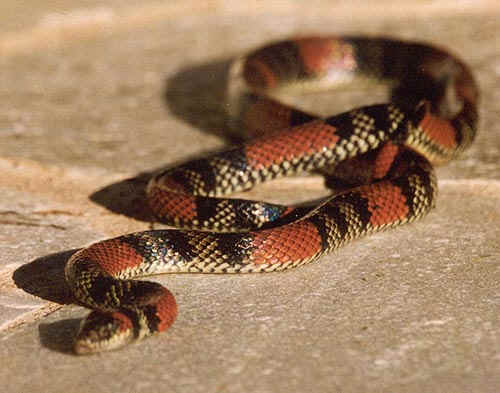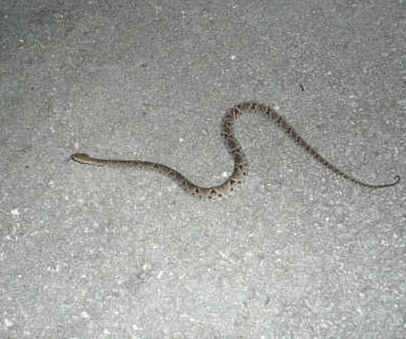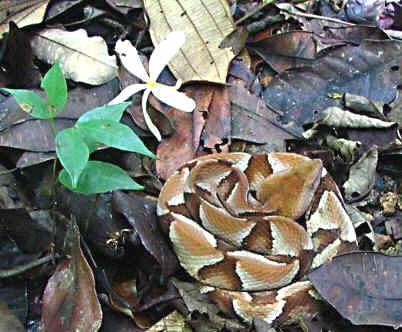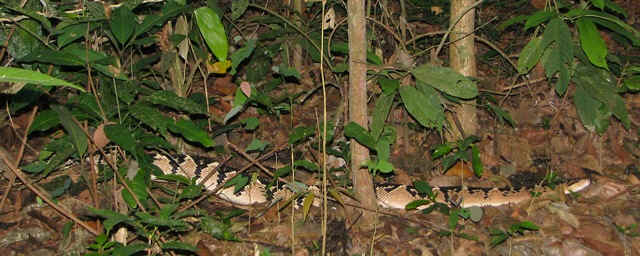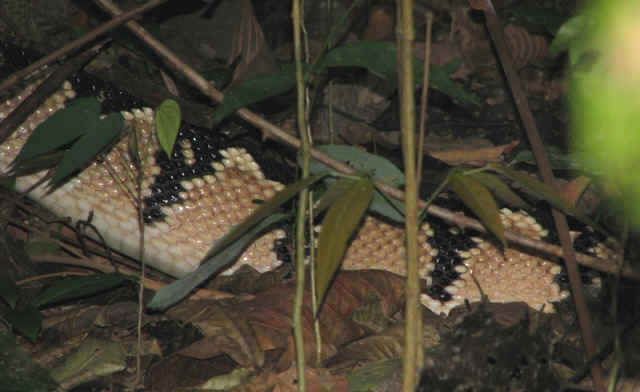
E-mail: font@focusonnature.com
Phone: Toll-free in USA & Canada: 1-800-721-9986
or 302/529-1876
 |
PO Box 9021,
Wilmington, DE 19809, USA E-mail: font@focusonnature.com Phone: Toll-free in USA & Canada: 1-800-721-9986 or 302/529-1876 |
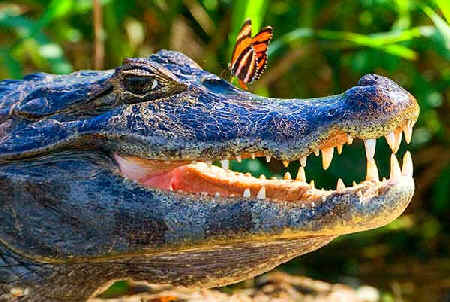 Reptiles
Reptiles
of Brazil
Noting those found during
Focus On Nature Tours
with an (*)
including:
Turtles
Lizards
Snakes
A list Reptiles of
Brazil
compiled by Armas Hill
UPPER RIGHT PHOTO: A BLACK CAIMAN
with a butterfly, in Amazonian Brazil
Codes:
(BRe): endemic to Brazil
(t1): threatened species, critically endangered
(t2): threatened species, endangered
(t3): threatened species, vulnerable
(nt): near-threatened species
am - in Amazonian Brazil
ig - in the area of Iguazu Falls
mg - in
Mato Grosso & Mato Grosso do Sul
mn
- in Minas Gerais
rs - in Rio Grande do Sul
(ph): photo in the FONT website
(phRAA:xxx): referring to the number of the photo
of the particular species in the book: "Reptiles & Amphibians of the
Amazon, An Ecotourist's Guide" by R.D. Bartlett & Patricia Bartlett,
published in 2003.
Links within this List:
BRAZILIAN REPTILES: Turtles Caimans Lizards Snakes
Link to List of BRAZILIAN AMPHIBIANS
Other Links:
Upcoming FONT Birding & Nature Tours in Brazil
A List & Photo Gallery of Brazil Birds, in 3 Parts:
Part #1: Tinamous to Doves Part #2: Macaws to Flycatchers
Part #3: Antshrikes to Grosbeaks
Brazil Mammals (with some photos)
A List & Photo Gallery of selected South American Butterflies, in 5 parts
Directory of Photos in this Website
REPTILES
Family CHELONIIDAE (Hard-shelled Sea
Turtles): 6 species worldwide
Genus CHELONIA
